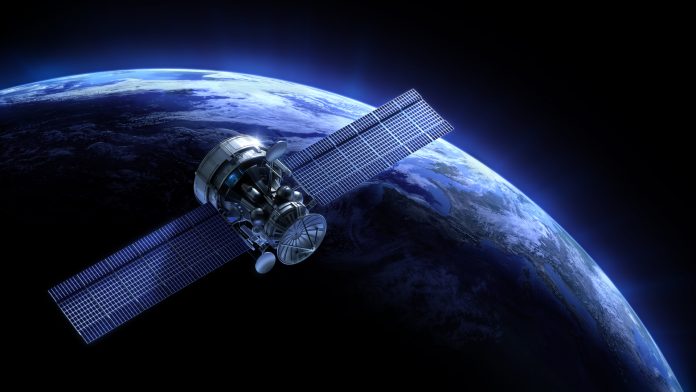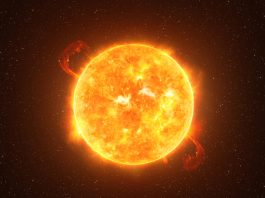Scientists at the University of Liverpool, funded by the UK Space Agency, are utilising space to understand aging in muscles and why it occurs.
Due to the effects of low gravity, when astronauts are in space, their muscles grow weaker, similarly to how muscles get weaker as we age. By studying the impact of space on muscle tissue, the researchers can compare the results to the natural process of aging in muscles on Earth.
It is widely known that our muscles lose mass and strength as we age. This can have a deep impact on the capability to conduct out everyday tasks and causes a range of problems, such as a heightened possibility of falling and longer recovery times from injuries.
Understanding aging in muscles
This research is anticipated to help scientists understand why muscles get weaker as we age, as well as developing methods to mitigate this process.
Science Minister George Freeman commented: “As we get older, our bones and muscles get weaker, but scientists don’t fully understand how this happens.
“The research of our scientist astronauts like Tim Peake on muscle loss in the microgravity of space is helping identify potential cures for musculoskeletal disease, which causes agony to millions and costs the NHS billions.
“By harnessing the unique environment of the International Space Station our pioneering scientists could help us all live healthier, stronger lives.”
The Microage experiment
This novel experiment, known as MicroAge, will take lab grown human muscle cells, the size of a grain of rice, and carefully put them into small 3D-printed holders the size of a pencil sharpener.
Once in space, these will be electrically stimulated to stimulate contractions in the muscle tissue, and the scientists will study this process carefully.
Professor Malcolm Jackson from the University of Liverpool added: “Ageing is one of the greatest challenges of the 21st century and we will learn a great deal about how muscle responds to microgravity and ageing from the data we obtain from this study.
“The team has had to work extremely hard over the last three years to overcome the many challenges of sending our science into space. For example, the electronic equipment necessary to undertake these studies usually fills a large desk but we have managed to shrink this to the size of a pack of cards. This development work on automated and miniaturised systems represents an exciting innovation that could have a wider application in the future.”
As part of the mission Kayser Space, based at the Harwell Space Cluster in Oxfordshire, designed, and constructed the scientific hardware to accommodate the muscle cells to guarantee they endure the possible changes in temperature, vibration, and g-force during launch.
David Zolesi, Kayser Space Managing Director, said: “We are thrilled to have our hardware ready for launch, after three years of fantastic work in cooperation with a top-level team of scientists and the UK Space Agency. MicroAge is our third payload launched to the ISS in 2021. This is an important achievement to bolster our position as a leading partner to the UK scientific community for implementing experiments in space.”
MicroAge is due to launch on a SpaceX Falcon 9 rocket from the Kennedy Space Center, Florida, at 10am (GMT) on Tuesday 21 December. The experiment will return to Earth in January 2022 for further analysis.









